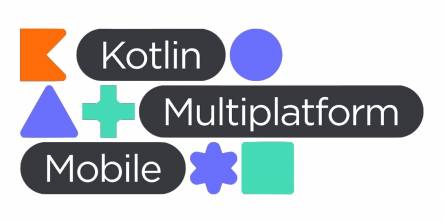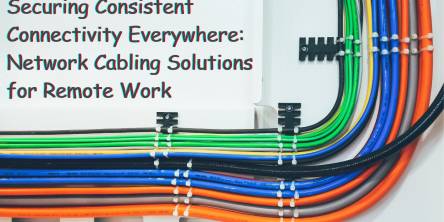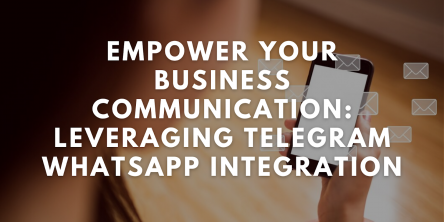How IoT-Enabled Asset Tracking Adds Value to Logistics and Supply Chain

Internet of Things (Industry 4.0 or the fourth industrial revolution) is facilitating more and more physical objects to connect to the internet and exchange data with minimal human intervention. IDC estimates that by 2018, nearly one-third of the top twenty market leaders in almost every industry will experience disruption generated by IoT. The implications are huge, especially for asset-intensive industries such as logistics and transportation, manufacturing, construction and aviation. These industries face numerous challenges which could be addressed through enterprise asset management solutions such as IoT-based asset monitoring systems.
Overcoming Business Challenges
Asset-intensive industries deal with highly volatile supply-chains, that are affected by unpredictable events such as natural disasters, adverse weather conditions, changes in legislation, political swings, sudden surge in oil price, international trade policy updates, inflation, measures to minimize environmental impacts, necessity to maintain occupational health and safety standards, and so on.
Ineffective management of the above processes increases the operational expense and reduces profitability. Businesses in asset-heavy segments require increasingly connected, smart and prevalent devices throughout their supply-chain, to locate their moveable assets, regulate costs and open up new and innovative services for customers.
BI Intelligence points out that the application of IoT devices and asset tracking solutions account for $1.9 trillion of economic value in the global supply chain and logistics domain. Building a flexible and customized solution to track your assets, without making significant process changes can save both your time and money. This, in turn, paves way for the creation of new business opportunities and improved operational efficiency in industries.
Enterprise Asset Management with IoT
The application of IoT brings numerous advantages to businesses which include:
- Real-time data: IoT delivers real-time visibility to into the status, availability, and performance of your assets. Effective utilization of this data in coordination with a command center ensures 360-degree asset visibility across the entire organization, and reduces the time-to-resolution in analyzing machine data.
- Supply chain optimization: IoT-based enterprise asset management solution enhances the supply chain, automates warehouse management and order fulfillment, and optimizes delivery. For example, real-time traffic and weather updates can help in re-routing delivery and making contingency plans in case of service delays, which ultimately results in cost reduction.
- Integration benefits: Information collected from sensor-integrated assets can be used to automate ordering new supplies, replenishing exhausting stocks, and delivering replacements. When businesses integrate IoT devices with the wider enterprise, remote tracking systems, and fixed as well as mobile applications, they can gain the advantages of data generated across the entire organization.
- Customer service: Tracking assets in real-time enables businesses to respond quickly to customer needs, gain centralized view of all resources, share context-aware information, enrich customer services, and dynamically alter business plans to accommodate crucial changes.
- Insights generation: Systematic asset monitoring is significant for generating insights that businesses need to succeed. For instance, it helps logistics and fleet management companies to locate moving or missing goods, track inventory records, and provide convincing customer insights.
The leading beneficiary of IoT in 2017 was the manufacturing sector, with the hottest applications being industrial assets management, inventory and warehouse management and supply chain management. Increasing interconnection of assets such as machinery, plants, equipment has forced manufacturing to embrace digitalization. With IoT-enabled asset tracking, the asset-intensive manufacturing sector has gained the agility to fulfill customer demands, detect design and quality issues, and track resources precisely.
Businesses that rise to face the challenges posed by digital transformation should look towards IoT immediately. Increased visibility of shipments, enhanced security and extreme care of assets in transit enable organizations to concentrate on more productive areas of business. IoT has implemented the operational enhancements which businesses need to differentiate themselves and compete effectively in the market.
Similar Articles
In this digital age, there are many options available for marketing, but the one that stands out as one that can transform the marketing realm is programmatic connected TV (CTV). The programmatic CTV approach for advertising shows the changing trend in how brands would like to connect with their audience.
PHP has a dominant market position, with over 79% of websites powered to some degree. Developers majorly utilize organized and leveled PHP basic functions, known as PHP frameworks, to create flexible output.
The nonstop hum of machines around us, from the humongous industrial complexes to the processors within the gadgets, shapes our everyday lives. These mechanical advancements have become essential, driving everything from fundamental necessities to our vehicles, airplanes, and so forth.
New methods of managing a Pilate business are transforming the way studios operate. It simplifies routine tasks and helps fitness businesses to grow and facilitate their customers in various ways.
Discover if the S23 Ultra case is compatible with the S24 Ultra. Get insights on fit, protection, and functionality in this comparison.
In the era of astoundingly quick technological progress, organizations are increasingly feeling the need to adjust to the evolving market demands and their requirements by embracing digital transformation
With the rise of mobile devices and the ever-growing demand for cross-platform solutions, businesses are constantly seeking efficient ways to develop applications that can be used on multiple platforms. This is where Kotlin Multi Platform comes into play. Kotlin Multi-platform is a versatile technology that allows developers to write code once and deploy it on various platforms such as Android, iOS, and web.
Discover reliable network cabling solutions ensuring seamless connectivity for remote work. Enhance productivity with consistent connections anywhere.
Optimize business communication with Telegram WhatsApp integration. Seamlessly connect platforms, enhance collaboration, and empower your team. Start today!









